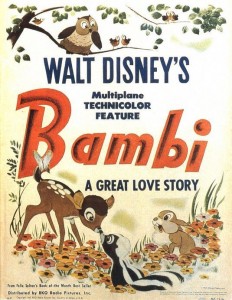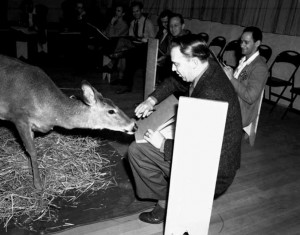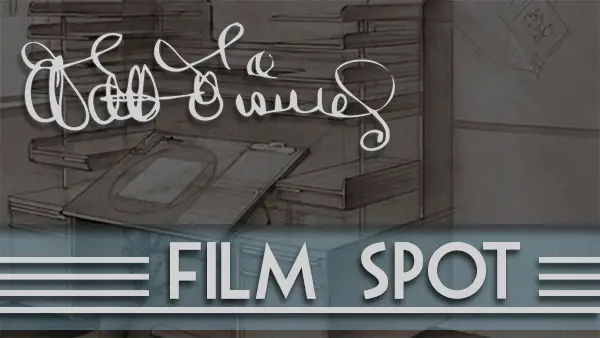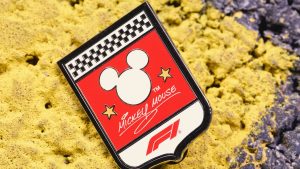 In 1942, The Walt Disney Studios, which had been known for so long as the beacon of fantasy and whimsy, decided to tackle an impossibly ambitious project in the midst of World War II that, not only lacked any remnants of magic, but was made to be a coming-of-age tale about life and death. And that’s just the sanitized adaptation that Disney created.
In 1942, The Walt Disney Studios, which had been known for so long as the beacon of fantasy and whimsy, decided to tackle an impossibly ambitious project in the midst of World War II that, not only lacked any remnants of magic, but was made to be a coming-of-age tale about life and death. And that’s just the sanitized adaptation that Disney created.
Thus was the way critics remarked upon Bambi during its initial release; full of confusion and criticism due to its dramatic realism, slow pacing, and insult towards humanity’s imprint on Earth. However, we regard Bambi toward as one of the greatest classical films in cinema history, due to these very same reasons. What seemed degrading and puzzling at the time topically became brave and audacious historically.
Bambi, the story of a young white-tailed deer who comes into the world as the prince of the forest learns the trials and tribulations of life. Bambi learns that the world that gave him his family and friends will also take away his family and friends, and that sometimes nature cannot win against the tyranny of men. Life, love, and death are but some of the lessons Bambi takes away at the end of the film – all things that have prepared him to become the Great Prince of the Forest.
With each successive Disney film, a new groundbreaking achievement is broken. In Bambi’s case, the animators had to learn to animate realistic animals. Though the Disney animators had experience with animating anim als in their previous shorts and films, never had they meticulously studied the anatomy and the precision that went into an animal’s gait, walk, stance, and locomotive. According to animator Eric Larson, the animals in Snow White and the Seven Dwarfs moved “like flour sacks”. Not only did Walt Disney instructed his animators to spend time at the Los Angeles Zoo to study the creatures, but he brought in painter Rico Lebrun to lecture his artists on the structure of animals. By setting up a miniature zoo at the studio, this allowed the artists to get up and close with creatures like the deers that populated the screen. Once the artists knew animal anatomy inside and out, they applied that knowledge to their caricature and character-based background and grafted personalities onto the characters in the film.
als in their previous shorts and films, never had they meticulously studied the anatomy and the precision that went into an animal’s gait, walk, stance, and locomotive. According to animator Eric Larson, the animals in Snow White and the Seven Dwarfs moved “like flour sacks”. Not only did Walt Disney instructed his animators to spend time at the Los Angeles Zoo to study the creatures, but he brought in painter Rico Lebrun to lecture his artists on the structure of animals. By setting up a miniature zoo at the studio, this allowed the artists to get up and close with creatures like the deers that populated the screen. Once the artists knew animal anatomy inside and out, they applied that knowledge to their caricature and character-based background and grafted personalities onto the characters in the film.
Chinese painter Tyrus Wong became the chief art director of Bambi, using his Chinese influence to create the lush, impressionistic backgrounds of the film, which were shown in prominent detail, and enhanced by the multiplane effect. The backgrounds alone made the film into an artistic masterpiece, and solidified Bambi’s place as the most classically-driven artistic film that Disney had ever done.
Despite receiving mixed reviews and box office failure in its initial release, Bambi is now lauded as a classic and one of the greatest films ever made. Time has been kind to Bambi, and history has shown that some films were made with the foresight to enjoyed for all time, even if it meant sacrificing the any immediate positivity.






